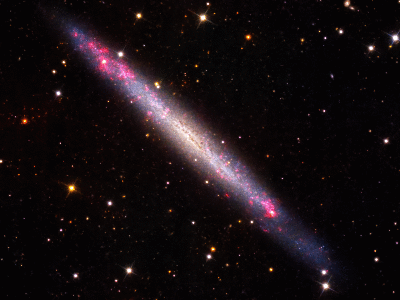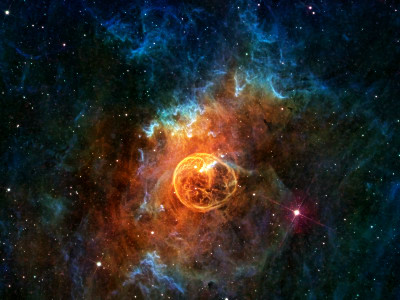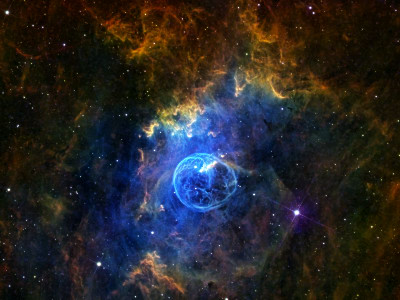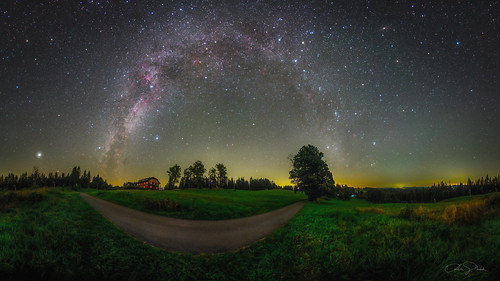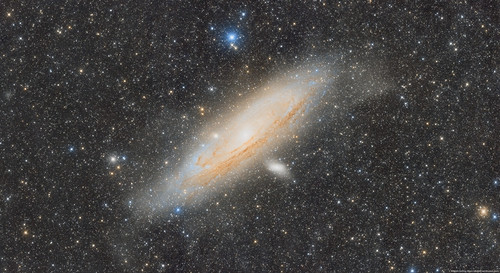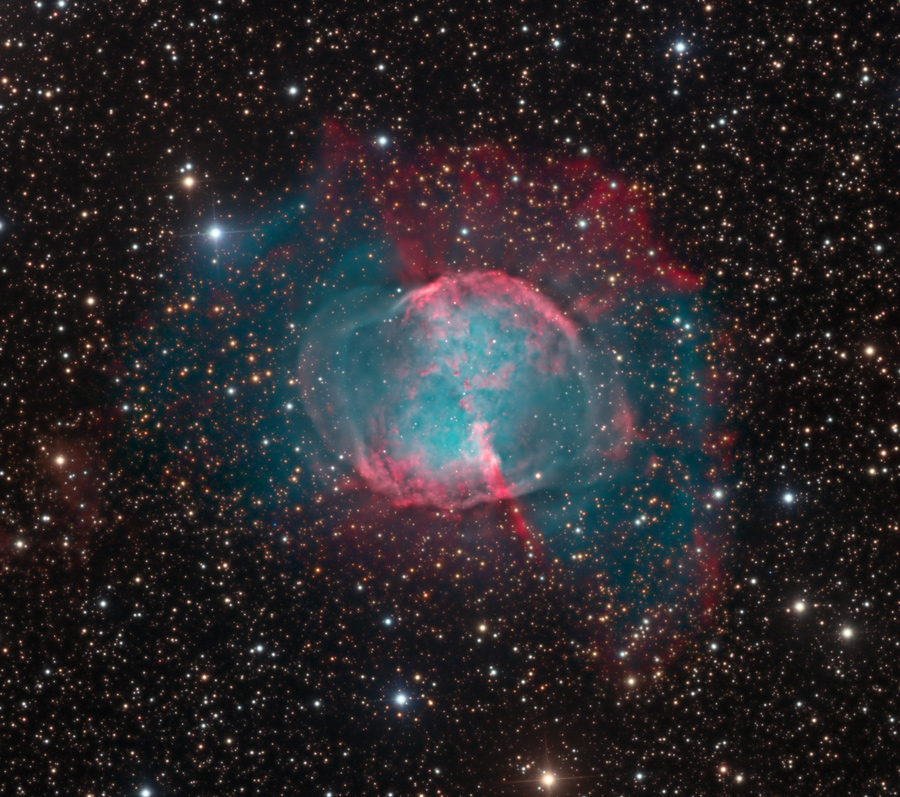Nebulae of the Triangulum galaxy M33
With a diameter of more than 50,000 light years, the Triangulum galaxy M33, in the constellation of the Triangulum, shows itself in all its incredible richness of vast ionized zones HII.
This galaxy completes together with our Milky Way and the Andromeda galaxy the Local Group, our small local cluster.
Between young star clusters and areas of high star formation rich in ionized gas, you can get lost among the incredible shapes of nebulae located in another galaxy!
Astrophotography is a life experience that overwhelms you, you can't really relate to all this.
The photograph is a Ha:OIII:LRGB, therefore composed of six monochrome channels acquired with the 300mm diameter newtonian and a monochrome camera during four different nights.
Integration:
L 170x180''
R 14x180''
G 14x180''
B 49x180''
Ha 3nm 15x600''
OIII 3.5nm 27x600''
Total integration: 19.5h
I chose 21 different HII zones, among the most beautiful identified in the image. The names of the HII zones that I have entered allow you to easily identify the zones with Simbad, the astronomical data center in Strasbourg.
Location: Maranello (Italy) - From 09/10/2021 to 09/24/2021
With Sky-Watcher 300 f/4, EQ8R-Pro, Optolong Filters L, R, G, B, Antlia Filters Ha 3nm, OIII 3.5nm, ZWO ASI 294MM
Developed with PixInsight and Photoshop 2021
Copyright: Luca Fornaciari
IG : luca_fornaciari_photography
Website:
www.lucafornaciarifotografia.com
Frames captured from Carl Sagan Observatory in Maranello (Italy).
Bortle 5 / SQM 19.5
 Iguassu Falls by Victor Lima, no Flickr
Iguassu Falls by Victor Lima, no Flickr
